Second-hand clothing apps give young shoppers new style twist
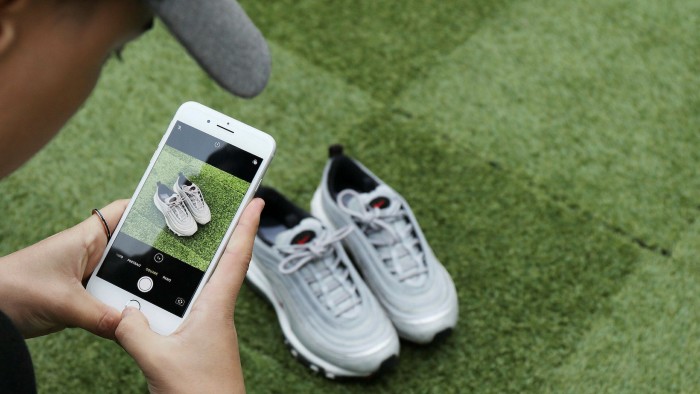
Simply sign up to the Fashion myFT Digest -- delivered directly to your inbox.
There is a thrill to buying something new to wear — but does it need to be newly made to feel special? And do you need to own it?
For many younger shoppers, who have grown up in the sharing economy in which ownership is less important than for their parents, buying jeans second-hand or renting a designer dress is not unusual.
“What we are seeing with young consumers is that ‘new’ doesn’t need to be ‘new off the shelf’ — it just means new to the consumer,” says Georgie Hyatt, co-founder and chief executive of Rotaro, a fashion rental site.
As a result, a steep rise in rental and resale is under way, driven largely by young people aged below 26 — Generation Z.
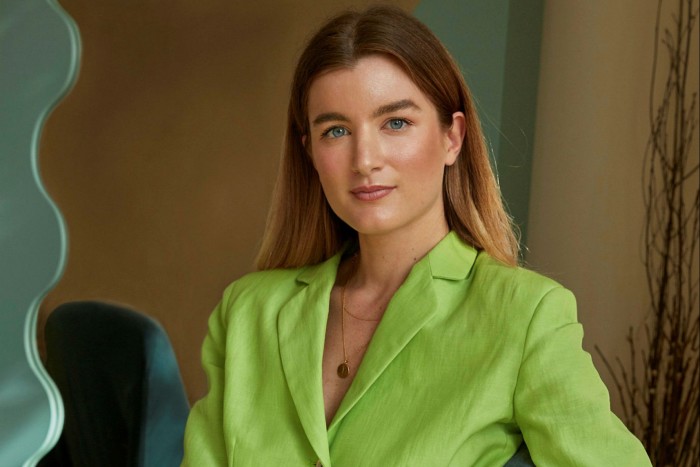
In the second-hand apparel market, a recent report from resale platform ThredUp predicts the US sector will reach $77bn for 2025 — more than double the figure for 2021. As for rental, the global market is expected to reach revenues of $7bn by 2025, according to research by data provider Statista.
But there is a divide at the heart of Gen Z’s behaviour. On one side are the trend-focused hyper consumerists driving the success of fast-fashion giants, such as Shein and Boohoo. On the other are eco-conscious shoppers who prioritise their sustainable values. Or, as trend forecaster WGSN puts it: “Gen Me” and “Gen We”.
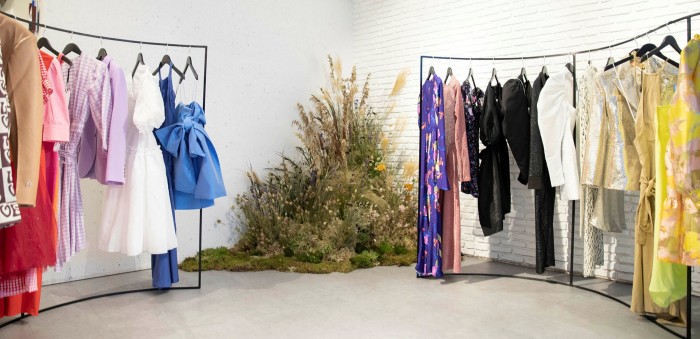
What unites them is a desire for newness and affordability, says Hyatt. At Rotaro, which was set up to help luxury brands enter the circular economy, and where the average customer’s age is 26, she caters to two main types: the “playful aspirational”, whose priority is access to top brands at a good price; and the “conscious consumer”, for whom rental aligns with their sustainable values.
Both aspirations fit in with the circular economy model of reuse and prolonging the life of manufactured items.
“‘Circular models’ such as rental, resale, recycling and take-back schemes are a solution to Gen Z’s increased hunger for newness, as well as addressing their concern for the planet,” says Hyatt.
Apps such as Depop, Vestiaire Collective, Poshmark and Vinted, where users can buy and sell second-hand clothing, resonate with tech-savvy younger consumers. Even big retailers such as Asos, H&M and Levi’s have tapped into the resale market.
Asos introduced its own second-hand marketplace in 2010 to allow individuals and small boutiques to sell used clothing.
Sandra Kampmann, the group’s head of insights and analytics, says its research shows that, while a large number of consumers are not interested in resale and reuse, there is “a big chunk” who are.
What motivates this chunk that are keen on resale and reuse?
“Often it’s money-saving, often it’s sustainability,” explains Kampmann. “And then it’s more emotional things — liking the treasure hunt, and finding something that is not easily replaceable, that is quite unique.”
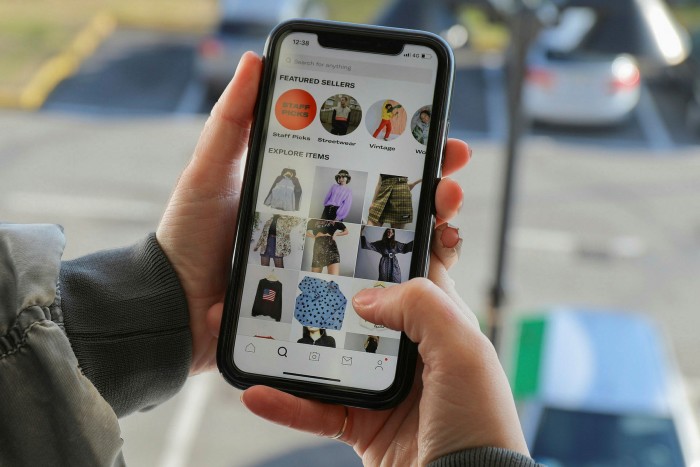
The search for unique items is what attracts many GenZers to resale platform Depop, but it is more than a place to buy and sell, says chief executive Maria Raga. It is a “community of like-minded creatives, young entrepreneurs and sustainable-enthusiasts”, she says. “Often people come to find the latest trends, which tend to bubble up on Depop anywhere from two weeks up to two months ahead of the mainstream fashion industry.”
‘Second-hand shearling bolero warms you up and keeps the planet cool’
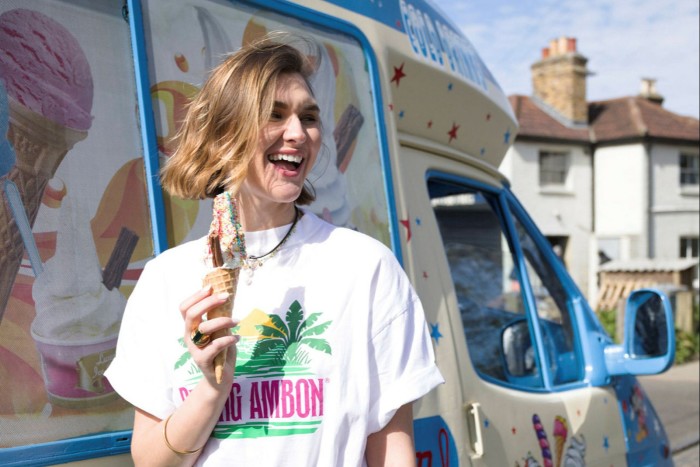
Caitlyn Leckey, above, tells Ryan Hogg how she began curating and selling clothes through her company Second.Soul
Why did you start buying and selling clothes second-hand?
I sold a small amount to friends and had a great response so during the first lockdown I finally had the time to really think about how I could go about doing it more seriously.
Why do you like buying second hand?
Shopping second-hand helps you understand your own style, and it’s so much more rewarding than going to the high street and purchasing the same thing as 10 other people around you.
Why is it important that the second-hand market grows?
When you buy and sell in this way, you know it is ultimately only a good thing for the planet.
Could you make a living out of buying and selling second-hand?
Definitely — I’ve made up to £500 in a month before, but the growing awareness of the harm of clothes production means demand will only grow.
What was the best item you have found?
A vintage shearling bolero style cropped jacket with amazing sleeves and a fur trim hood. It was unique and of amazing quality. I sold it and will always miss it.
In a survey of Depop’s Gen Z users, produced with Bain, the consultancy, 75 per cent said they bought second-hand in order to reduce consumption, while 65 per cent said they were attracted by the affordability.
Depop does not exclude resale of fast-fashion items on the app, because once a piece of clothing has been made, the goal is to extend its life and keep it out of landfill or illegal dumping. However, it excludes the sale of new items shipped to order from factories or catalogues.
Raga says the platform, which was bought last year by handmade goods marketplace Etsy, is committed to “circular” and responsibly-made lines in its brand partnerships. Those include recent collaborations with Adidas and Ganni, in which Depop designers and sellers pair with brands to rework, restyle and resell classic pieces, such as customising Ganni’s oversized collars.
“We’re also looking at how we can . . . actively champion the many Depop sellers who upcycle and recreate from existing materials,” she adds.
In the rental market, some platforms such as Hurr and By Rotation offer peer-to-peer fashion rental, whereas Rotaro works directly with luxury brands to allow UK customers to rent a designer outfit for up to 12 days.
Hyatt acknowledges criticism of fashion rental’s carbon footprint. To mitigate this, Rotaro uses carbon neutral delivery services, eco-friendly cleaning technologies such as wet washing rather than dry cleaning, and reusable garment bags.
She is confident of Rotaro’s value as a sustainable way for consumers to engage with fashion and trends: “Our business is helping brands make the most of their garments at the end of their season, rather than burning or discounting the clothes.” Rental is seen as positive by customers because it shows a brand is engaging with sustainability.
“We’re in a climate crisis. People can’t continue to consume fashion in the way they do.”
Getting started on Depop: ‘The quality of older clothes is better’
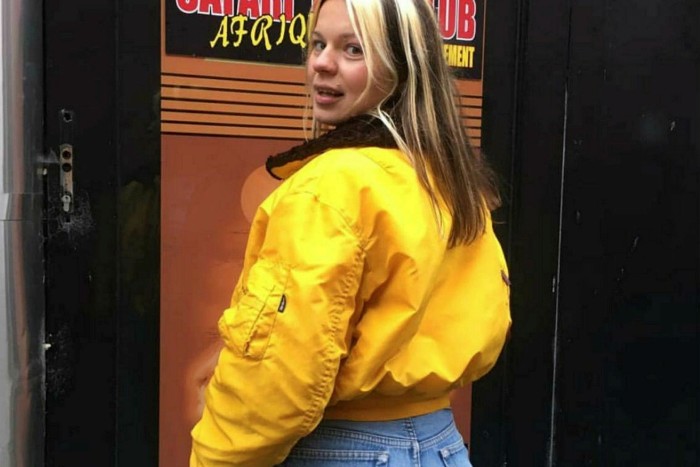
Amy Birdsall, above, is a designer and carer in the UK, who sells on Depop as amysstuffff and also on Instagram. Most of the clothes she wears are vintage or second-hand.
I have always had an interest in vintage, so I already had a lot of things I wanted to sell. In lockdown, I started putting things on Depop and they asked if I wanted to do a workshop, where they gave me mentoring and insights about trends, and targets to meet.
It was useful but it put a lot of pressure on; in lockdown, it was harder to source stuff but you still had targets. Depop takes 10 per cent of the value of what you sell so it wants people to do it seriously. I set up an Instagram page and I’ve met a few other sellers on there, too. They all do pop-ups and I did a giveaway with some girls on there to get more followers.
Sometimes, I was making £1,000 a month on Depop, but there’s definitely people who could make that in a week. There’s so much work that goes into it that people don’t see: sourcing, taking pictures, people asking questions — and then they don’t buy.
I’m a bit of a hoarder, so I have things from when I was 15 that were coming back in fashion — brands such as Morgan, Jane Norman. I prefer handpicking pieces from charity shops and buying online from places like eBay, but I started buying second-hand clothing wholesale, as well. I got a really good bag from a charity shop and some Morgan jeans I bought off a lady in Leeds — low-rise with tribal embroidery across the bum. I bought a Dior necklace with charms on it in Leeds market — I paid £10 and it turned out to be real.
Sustainability, quality and price is what appeals to me about second-hand clothing, and it’s more authentic. I feel like the quality of older clothes is better.
For me, it’s about finding something that I really like, knowing that not many people will have it. You get a thrill when you find something good in a pile of crap. I can’t pass a charity shop without going in and searching through the bargain bins.
Comments